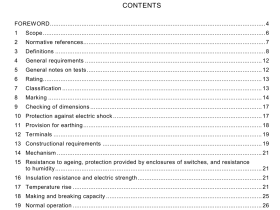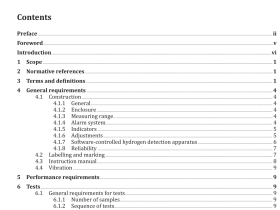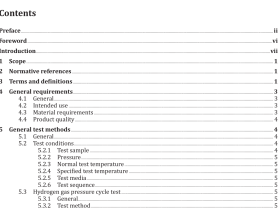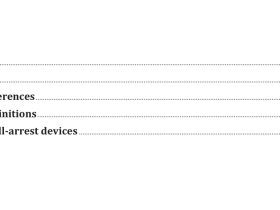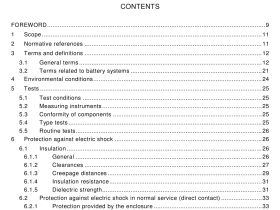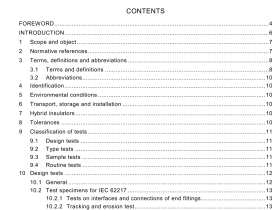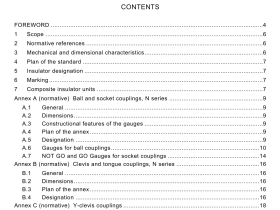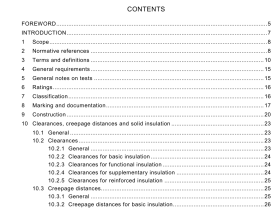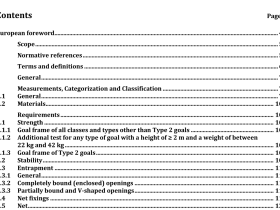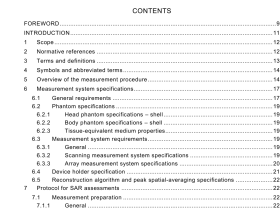AS 1301.457 pdf download
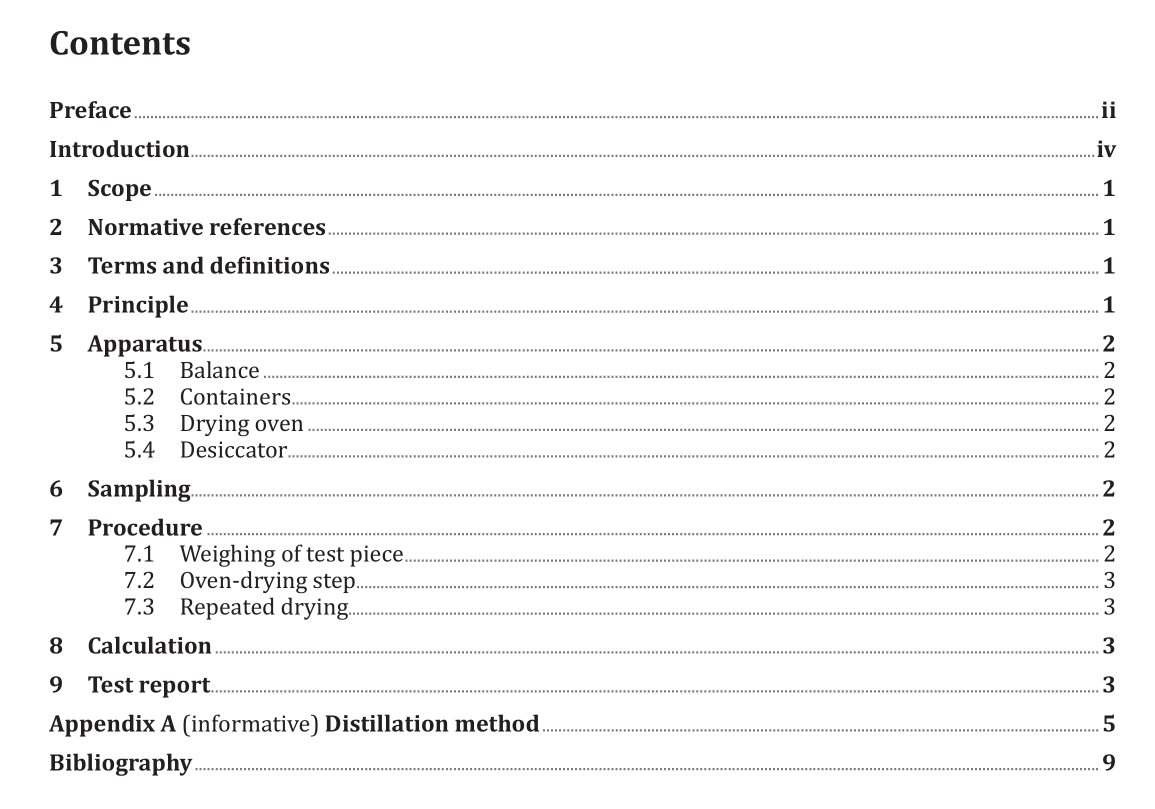
AS 1301.457 pdf download.Methods of test for pulp and paper
3 Terms and definitions
For the purpose of this Standard the following terms and definitions apply. 3.1 lot aggregate of paper or board or pulp of a single kind with specified characteristics produced under conditions that are presumed uniform, and available for sampling at one time 3.2 may indicates the existence of an option 3.3 shall indicates that a statement is mandatory 3.4 should indicates a recommendation 3.5 tare weight indicates the weight of an empty container 3.6 test piece piece or pieces of sampled material on which the moisture determination is to be carried out
4 Principle
A sample of paper, board or pulp from a lot is weighed before and after oven drying. The moisture content is calculated. This oven-drying method applies to paper and board products and pulps that do not contain any appreciable quantity of material other than water which will escape from the paper at the temperature specified for the test.
5 Apparatus
5.1 Balance A balance having an accuracy of 0.05 % of the mass to be weighed, or better. 5.2 Containers Containers for preventing changes in moisture content during the transporting and weighing of test pieces, having airtight lids or other equivalent means of sealing, and made from a lightweight material not subject to change under conditions of drying specified in this document. Where test pieces are taken according to AS/NZS 1301.417s, the containers need to be large enough to contain sheets without cutting or tearing them. Before using a container, determine its tare weight. 5.3 Drying oven A drying oven capable of being maintained at an air temperature of 105 ± 2 °C in the usable volume and having forced ventilation. 5.4 Desiccator A dessicator equipped with freshly dried desiccant.
6 Sampling
Take a sample which is representative of the paper, board or pulp the moisture content of which is to be determined. Two standard sampling procedures for determining the moisture content of a lot exist, although any alternative procedure may be followed NOTE When the purpose is to obtain test pieces from a lot of paper or board, AS/NZS 1301.417s may be followed. When the purpose is to obtain test pieces from a lot of pulp in bale or roll form, AS/NZS ISO 7213 may be followed. Throughout the chosen sampling procedure, minimize the chance of the sampled material losing or gaining moisture in exchange with the ambient air by wrapping the sample. Avoid moisture gain of the sampled material from contact with the skin by wearing gloves. Take sufficient sample material to ensure that the mass of moisture in a test piece can be determined to within 0.05 % of the mass of the test piece and so that additional test pieces can be obtained to permit the performance of replicate measurements if required. Enclose each test piece in a tared dry container (see Clause 5.2).
7 Procedure
7.1 Weighing of test piece If the test piece is hot when taken, allow to cool and equalize the air pressures inside and outside the container by momentarily opening and reclosing the lid immediately before weighing. Weigh the test piece in its container.7.2 Oven-drying step Dry the test piece in the oven, either in its container (with the lid removed), or taken from the container and spread out to expose the maximum surface area. If the nature of the test piece is such that removal from the container could result in fibre or other solids being lost, it shall be dried in the container. If the test piece is taken from its container, dry the container and lid under the same conditions. When the test piece is considered to be completely dry (allow at least one hour), prepare to transfer it to the desiccator. If the test piece has been removed from its container, replace it in the container and fit the lid loosely before the transfer. If the test piece has been in its container during the drying period, fit the lid loosely. The transfer shall be done promptly to minimize exposure of the test piece to the atmosphere outside the oven. Allow the container to cool in the desiccator. As soon as the container is cool enough so that the potential reduction of pressure in the container resulting from continued cooling does not risk sucking moisture- laden air into the container, properly fit the lid while still in the desiccator. Remove the assembled container and its contents from the desiccator and weigh.
